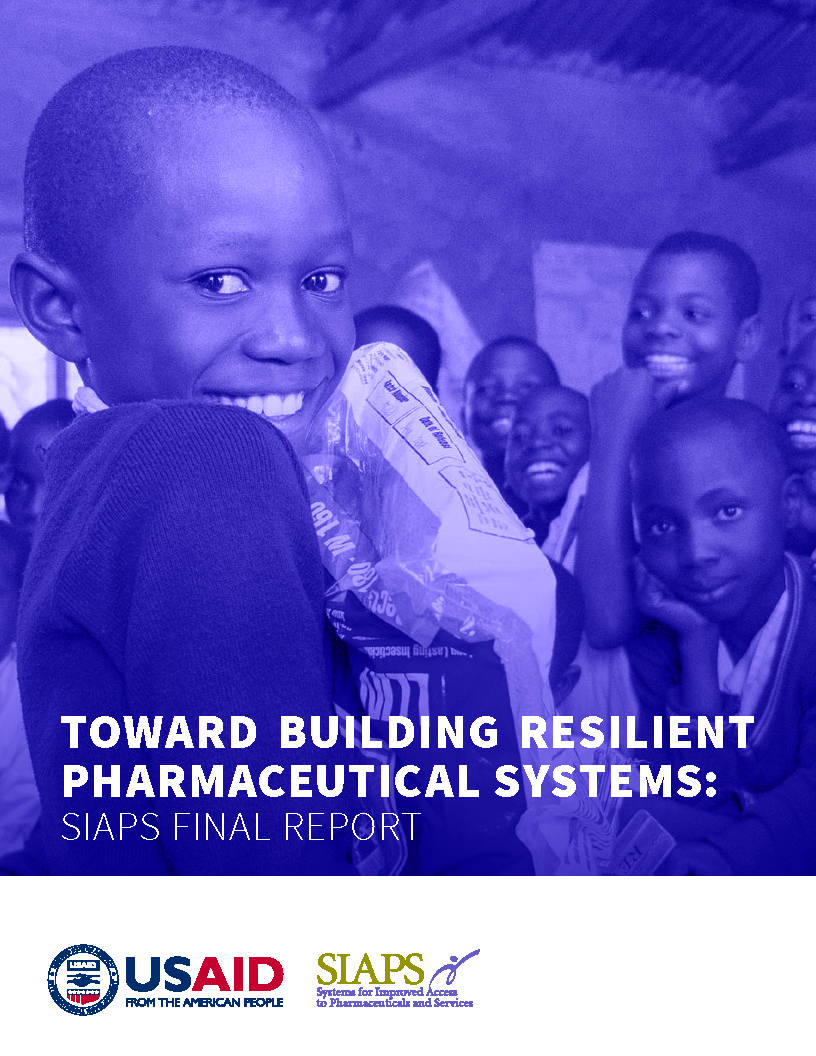To help the ministry understand the strengths, weaknesses, opportunities, and threats in Swaziland’s public health medical supply chain, staff from LMI’s Health Systems Management directorate studied relevant operating procedures and other documentation; conducted a country visit August 10–26, 2012; and developed a complex, multivariate supply chain simulation exercise, including storage facility and transportation optimization excursions.
In summary, the report’s key recommendations are as follows—
-Adopt and implement an SOP to define physical storage operations and management.
-Adopt new, commodity-agnostic storage practices to improve the efficiency of physical space management and work flows.
-Continue transportation route planning and refinement to optimize transportation efficiency throughout Swaziland.
-Establish and refine a Swaziland medical supply chain BoD to improve efficiency, transparency, and accountability of the medical supply chain at all levels, from the CMS operation to the point of care.
As measured against pharmaceutical supply chains in other developing nations, Swaziland has a well-functioning system. Gaps remain—for example, stock-outs occur with unacceptable frequency—but it is relatively efficient, modern, transparent, and effective. Key managers and stakeholders work in a highly collaborative, problem-solving environment, and that is a vital enabler to Swaziland’s remarkable national response to its most severe health problems. With further continued progress along the lines suggested in this report, the future of managing public health commodities in Swaziland should be on a positive trajectory to continual improvement.


